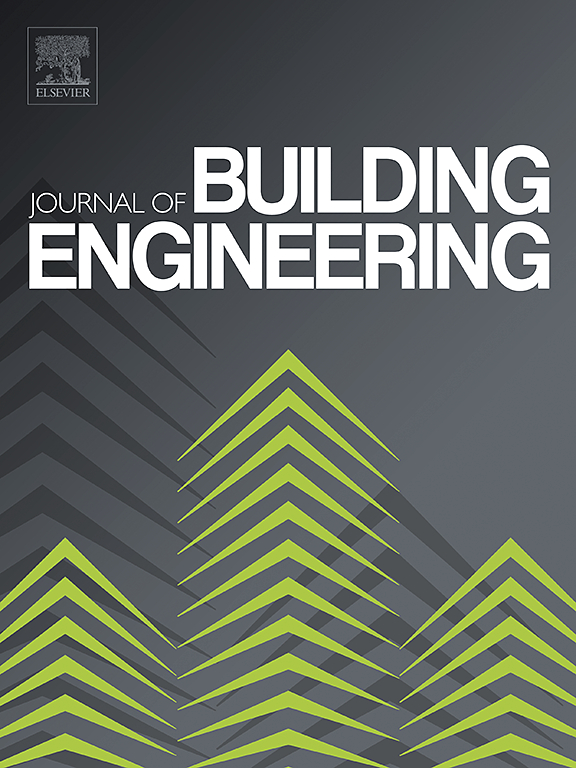Research on typical occupant air-conditioning behavior of Changsha university dormitory buildings based on questionnaire surveys
IF 6.7
2区 工程技术
Q1 CONSTRUCTION & BUILDING TECHNOLOGY
引用次数: 0
Abstract
College dormitories, characterized by high occupancy and energy density, have huge potential for energy savings. However, most existing energy efficiency studies of college dormitories dealt with air conditioning (AC) use behavior on fixed schedules, ignoring the stochastic nature of occupants, resulting in gaps between the designed and actual energy consumption, and making the application of energy-saving technologies much less effective. The key to solving this problem is to understand and quantify energy use behavior in college dormitories. Therefore, this study conducted a large-scale questionnaire survey to obtain AC use modes in college dormitories and reveal the intrinsic connection between them and energy consumption, and based on this, categorize typical behaviors. Firstly, typical building models of college dormitories in Changsha were built through field surveys. Subsequently, AC use modes in college dormitories were obtained through a large-scale questionnaire survey. Furthermore, the energy consumption of each AC use mode was simulated by EnergyPlus, and several representative AC use patterns were clustered using the K-means algorithm. Finally, based on the actual AC use behavior, the energy consumption and thermal comfort characteristics of typical dormitory models were analyzed. The results categorized five representative patterns in college dormitories, namely little AC use in summer” pattern (2.56 %), “no AC in winter “pattern (25.71 %), “no AC” pattern (2.7 %), “thermal sensation-activated “pattern (29.91 %), and “time-based” pattern 39.12 %). These findings are beneficial to building energy efficiency, specifically, researchers and designers can use these typical AC use patterns and their proportions to predict building energy consumption, thus eliminating the inaccuracies brought about by personnel behaviors, and then to achieve more accurate building energy simulations and to ensure the effectiveness of energy-saving technologies.
求助全文
约1分钟内获得全文
求助全文
来源期刊

Journal of building engineering
Engineering-Civil and Structural Engineering
CiteScore
10.00
自引率
12.50%
发文量
1901
审稿时长
35 days
期刊介绍:
The Journal of Building Engineering is an interdisciplinary journal that covers all aspects of science and technology concerned with the whole life cycle of the built environment; from the design phase through to construction, operation, performance, maintenance and its deterioration.
 求助内容:
求助内容: 应助结果提醒方式:
应助结果提醒方式:


